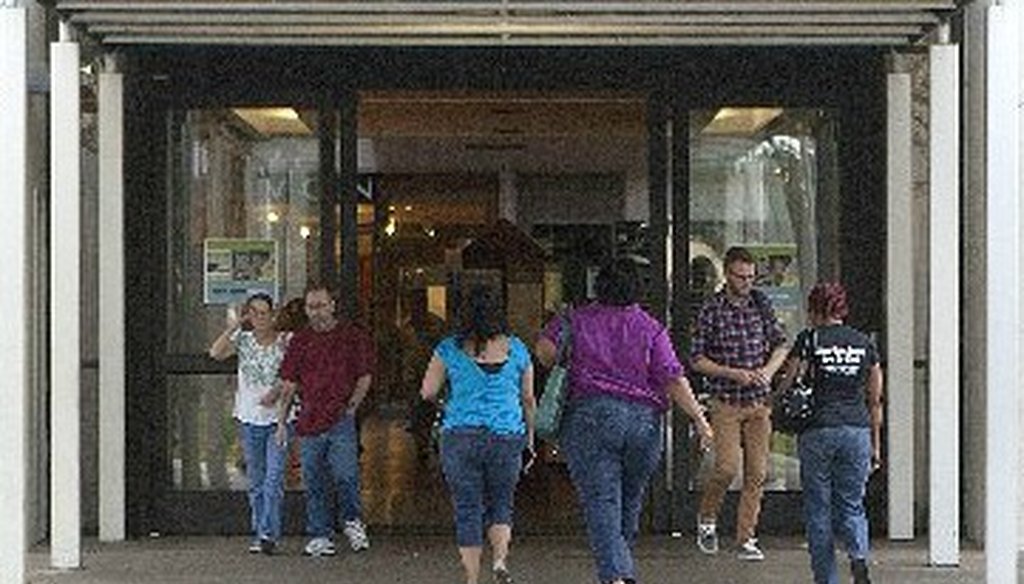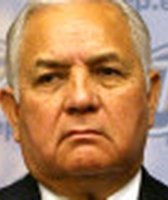Get PolitiFact in your inbox.

On Oct. 22, 2012, some voters arrive as others leave the early voting site set up by Travis County at Highland Mall (Austin American-Statesman, Alberto Martinez).
The potential effect of a Travis County ballot proposition to increase a tax rate drove one of our latest fact checks, while a claim about the home addresses of past Austin City Council members touched off another.
A spokesman for the Keep Austin Healthy PAC, which supports a proposed nickel tax increase for the Central Health district, was quoted in a recent news story as saying: "Our health care district’s tax rate is the lowest among the largest counties in Texas, and it will continue to be the lowest" if the proposal wins approval."
Mostly True, we concluded, after pointing out that if the increase passes, the Central Health district stands to reap more in revenue per resident than the districts in El Paso and Nueces counties.
Separately, former Travis County state Sen. Gonzalo Barrientos wrote in a recent opinion article that 55 percent of Austin City Council members have come from parts of the city that were home to only 10 percent of the city’s population. His article urged voters to support the "10-1" proposal on the ballot that would switch the council from seven members elected citywide to 10 members elected within smaller districts and the mayor elected citywide.
We later learned that Barrientos was drawing on a map published by the Austin Bulldog in August 2011 tracking the home addresses of council members elected since 1971, the first year voters directly chose the mayor.
Barrientos’ figure was about right, we found, though his check included some double-counting. All told, 50 percent of Austin’s council members (including mayors) have won election while living within the bounds of four ZIP codes. In 2010, the ZIPs were home to 11 percent of the city’s population; in 2000, the ZIPs were home to 7 percent of the city’s population, arguably reinforcing Barrientos’ point.
These local-focus Truth-O-Meter articles are posted to the right. What else?
Our Sources
See Truth-O-Meter articles.









































